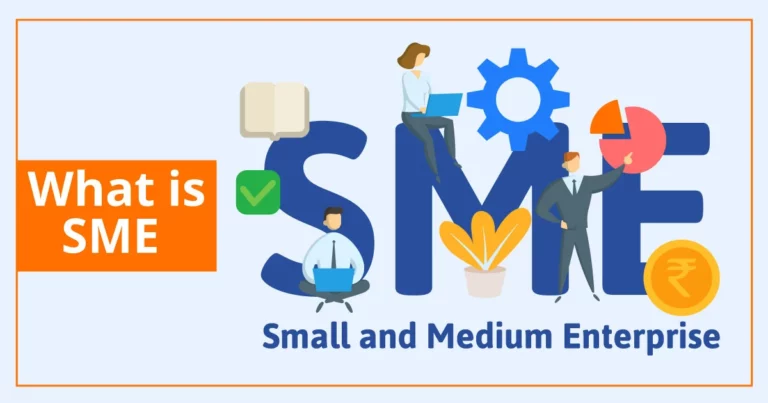Want create site? Find Free WordPress Themes and plugins.
SME full form is “Small and Medium-sized Enterprises.” These are businesses or companies that have a relatively small number of employees and a moderate amount of revenue or assets compared to larger corporations. SMEs play a significant role in the economy by creating jobs, fostering innovation, and contributing to the overall economic growth of a country. The specific criteria for what qualifies as an SME may vary from one country or region to another.



Starting an SME
- Market research
- Business plan
- Legal structure
- Funding
- Register the business
- Location and infrastructure
- Product/Service development
- Marketing and branding
- Hire employees (if needed)
- Financial management
- Compliance and regulations
- Customer focus
- Continuous improvement






